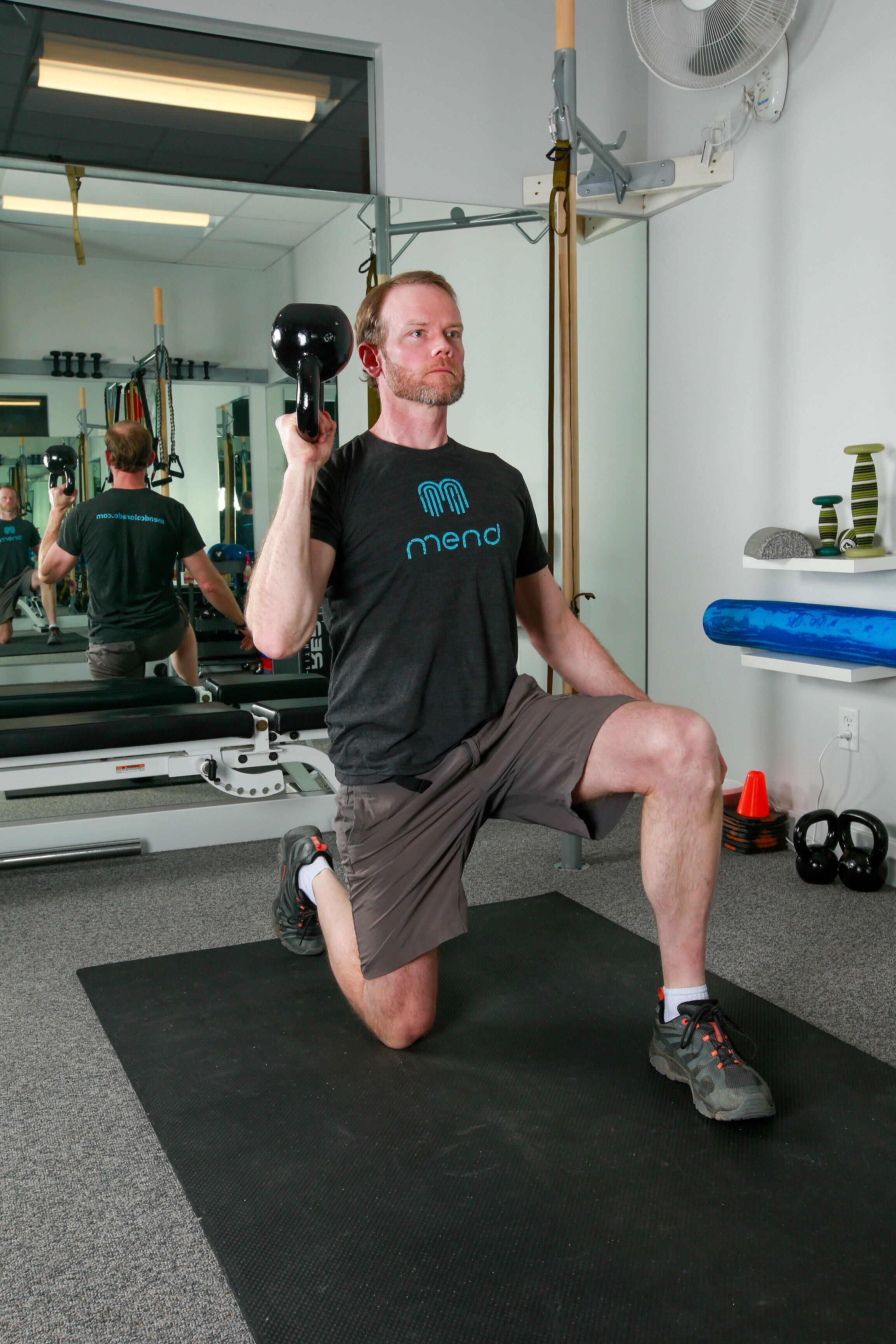Symptomatic rotator cuff tears commonly occur in adults > 50 years old and can be either atraumatic or traumatic in nature. These tears become more common with age, but are often are found in shoulders without pain and often have similar MRI scan findings between symptomatic and asymptomatic sides of the body. Thus, the a clinical examination is needed to determine this shoulder pathologies impact on shoulder and arm function. Key determinants on a patient’s function include age, size and depth of tear, and number of rotator cuff tendons with tears. Many patients function well in the presence of rotator cuff tears and previous research has found similar outcomes between patients with traumatic or atraumatic tears treated with Physical Therapy and those undergoing surgery. A recent review of the available evidence sheds additional light on the question of Physical Therapy or surgery.
Longo and colleagues published their review of the available evidence in the journal BMC Musculoskeletal Disorders (2020). Authors reviewed the available literature and included 6 studies on the conservative, including Physical Therapy, and surgical management of patients with rotator cuff tears. Consistent, with prior research authors reported no significant differences in outcomes at 12 or 24 months between surgical and conservatively treated patients.
The research and our clinical experience shows not every rotator cuff tear requires surgery, but not every patient with a rotator cuff tear will improve with Physical Therapy. Prior research has shown little risk of tear enlargement over time for patients with a rotator cuff tear. Thus, there is time to complete a course of Physical Therapy, including manual therapy and strength training, to help determine which patients will be successful with conservative care and which will require referral to surgery.
Click here to schedule your next appointment with the experts at MEND

